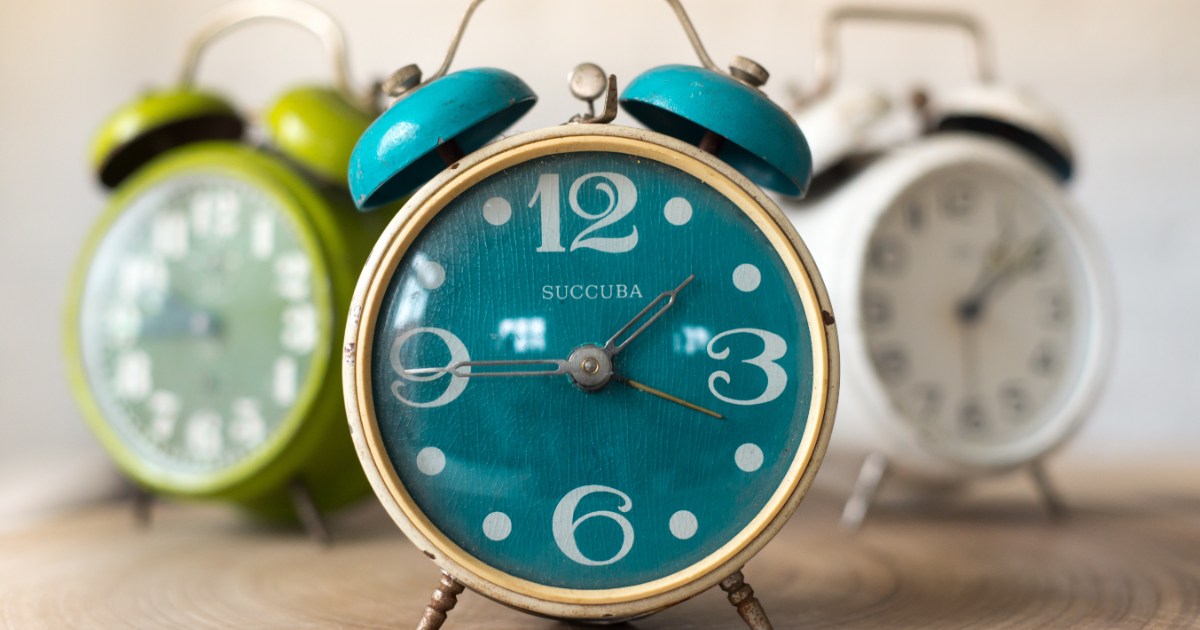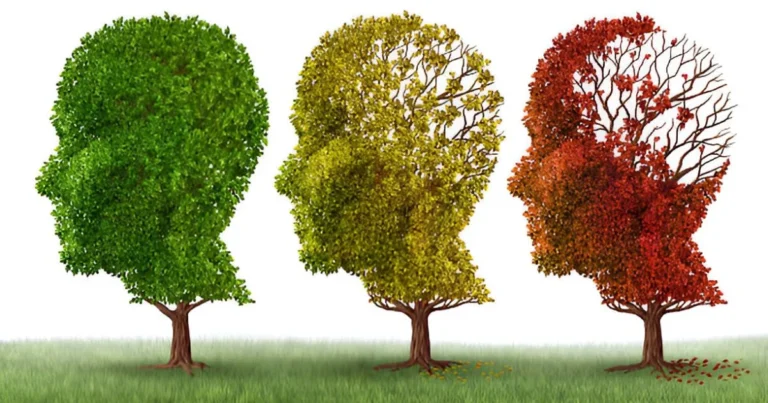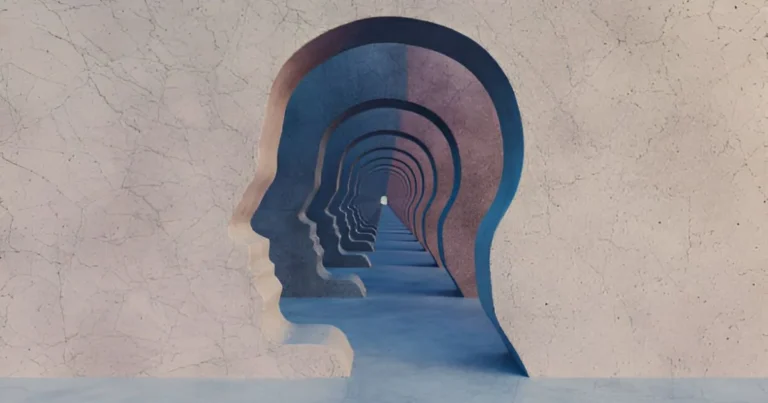90s nostalgia: When objects speak louder than words
The screech of a dial-up modem. The clinking of marbles in a schoolyard. A cassette rewound with a pen. These gestures and sounds, once commonplace, have vanished from our daily lives, only to return today with unexpected emotional force. Over the past few years, the 1990s have been making a quiet yet persistent comeback. From storefronts and streaming platforms to advertising and fashion, the decade often hailed as the golden age of youth is being revived on all fronts.
Why does this return to the past stir us so deeply? Who, if we dare ask, is most susceptible to this wave of nostalgia? And above all, why now?
This article explores the resurgence of the 90s as a psychological and cultural mirror. While the decade is often idealized, its revival reflects a deeper emotional need. Nostalgia isn’t just about looking back, it’s a way of inhabiting the present differently, by invoking the past. Through emotional memory, gentle regression, and coping strategies, what does our renewed affection for the 90s reveal about our times, and ourselves?
Soundtrack of a generation: when memory lives in objects
A retro ad, a vintage console, or a familiar song playing in a supermarket, sometimes, it takes very little to spark a vivid memory. These moments engage a specific kind of memory: autobiographical, sensory, and deeply emotional. In cognitive psychology, this is known as autobiographical memory, built around personal experiences, often rich in affect.
According to Conway and Pleydell-Pearce (2000), this type of memory is organized hierarchically and can be reactivated involuntarily through sensory cues. The sound of a modem, the scent of an old magazine, or the feel of a Walkman can awaken an entire scene from childhood or adolescence. This process involves the hippocampus, which encodes memory, in close collaboration with the brain’s sensory and emotional systems.
🔗 Read also: The Walkman: From shared melody to solitary symphony
Among the most powerful triggers, music holds a special place. Take the iconic show Friends: the opening notes of “I’ll Be There for You” by The Rembrandts instantly summon the orange couch, Chandler’s sarcastic quips, and the fountain from the title sequence. But it’s not just the show that comes to mind, it’s the era in which we watched it, the family dynamics, the first days of the Internet, or evenings gathered around a shared TV screen. These memories often evoke a bittersweet emotion, underscoring the role of music in rekindling affective recollections (Herz & Schooler, 2002).
These cultural artifacts don’t merely evoke a bygone era, they recall a slower, more tangible way of living, one less saturated with notifications and digital noise. In a world driven by speed and abstraction, the tactile and auditory resonance of these objects offers a subtle antidote to the dematerialization of modern life. Perhaps that’s why they strike such a deep chord.
The Psychology of nostalgia: A gentle regression?
For a long time, nostalgia was viewed as a melancholic disorder, an excessive attachment to the past. However, contemporary research paints a different picture. According to Wildschut et al. (2006), nostalgia plays an adaptive role: it strengthens identity, reduces loneliness, and serves as an emotional buffer during stressful times. Far from being a passive or marginal experience, it is a meaningful psychological response.
Still, not everyone experiences it the same way. Studies by Sedikides and colleagues (2008) show that adults facing identity instability or intense life pressures are more likely to recall nostalgic memories to restore a sense of personal continuity. In other words, nostalgia becomes a psychological anchor, a way of remembering who we were to better endure what we’re going through.
This helps explain why the 90s revival resonates most strongly with people aged 35 to 50 today. This generation is in the thick of adult life, caught between work overload, family responsibilities, economic uncertainty, and cultural disorientation. For many, the return to a simpler, more carefree time offers a form of gentle regression, not pathological, but healing. It’s a way to reconnect with a lighter version of the self, often rooted in childhood or adolescence.
Erikson’s psychosocial development theory offers another lens: in adulthood, the tension between productivity and stagnation drives individuals to reconnect with the foundations of their identity. Nostalgia thus becomes an existential tool, a way to maintain self-coherence in a rapidly shifting world.
Far from being a sentimental escape, 90s nostalgia might well be a psychological adjustment mechanism. A quiet but powerful attempt to rebalance a destabilized present through the memory of a still-vivid past.
🔗 Explore further: Labubu, the weird icon everyone wants
Escaping the present, together: The social roots of nostalgia
While nostalgia offers individual comfort, it also reflects broader social dynamics. The resurgence of the 90s isn’t just a generational coincidence, it mirrors a widespread sense of uncertainty. Economic instability, technological acceleration, and the erosion of cultural landmarks all feed into a collective yearning for the past.
In a fragmented world, nostalgia acts as a silent force of cohesion. It allows those who grew up in the 90s to reconnect through shared memories, common cultural references, and a familiar language. As collective identities fracture and communities migrate online, these shared experiences become rare and valuable. It’s no surprise that streaming platforms, fashion brands, and corporations tap into this emotional reservoir, the past sells well because it unites.
This phenomenon fits into what sociologist Zygmunt Bauman called “liquid modernity,” a world of constant change, transience, and uncertainty. In contrast, 90s relics, game consoles, TV shows, CDs, stuffed toys, offer a reassuring sense of permanence, however naive. Their value lies not in their aesthetic merit, but in what they represent: a slower, simpler, less saturated way of life.
Still, nostalgia is not without ambiguity. While it soothes, it can also trap us in idealized visions of the past, detaching us from present action. But when used consciously, it can rekindle social bonds, revive collective memory, and spark intergenerational dialogue.
In the end, the popularity of the 90s reveals more than just longing, it highlights what our current era seems to lack.
🔗 Discover more: Dressed to belong: How fashion shapes identity and perception
When nostalgia gains value
The return of the 90s isn’t just emotional, it’s measurable. In 2021, a sealed copy of Super Mario 64 (1996) sold for $1.56 million, elevating a video game to the status of modern art. In 2024, a Black Lotus card (Alpha edition, 1993), the holy grail of Magic: The Gathering collectors, fetched nearly $3 million, while a pair of Air Jordan 13s worn by Michael Jordan in 1998 sold for over $2.2 million. These objects are more than memorabilia, they are crystallized emotions, turned into modern relics.
Their value isn’t solely due to rarity or pristine condition. They symbolize something deeper: a collective attachment to a decade many associate with childhood, carefreeness, and a lost sense of stability. Their rising market value reflects a cultural shift, nostalgia has become visible, monetized, even spectacular. Behind these record-breaking sales lies a shared emotion.
🔗 Read also: The Psychologist on screen: From savior to shadow
This trend goes beyond collectors. It signals a society seeking tangible anchors amid the blur and acceleration of modern life. Through these objects, it’s not just individuals who remember, it’s a culture attempting to reconnect with a version of itself: slower, more grounded, perhaps more human. Nostalgia, then, is not merely sentimental retreat. It is, in its own way, a contemporary response to the volatility of the present, and a reminder that sometimes, moving forward means knowing when to look back.
References
Bauman, Z. (2000). Liquid modernity. Polity Press.
Conway, M. A., & Pleydell-Pearce, C. W. (2000). The construction of autobiographical memories in the self-memory system. Psychological Review, 107(2), 261–288.
Erikson, E. H. (1982). The life cycle completed. W. W. Norton & Company.
Herz, R. S., & Schooler, J. W. (2002). A naturalistic study of autobiographical memories evoked by olfactory and visual cues: Testing the Proustian hypothesis. American Journal of Psychology, 115(1), 21–32.
Sedikides, C., Wildschut, T., Arndt, J., & Routledge, C. (2008). Nostalgia: Past, present, and future. Current Directions in Psychological Science, 17(5), 304–307.
Wildschut, T., Sedikides, C., Arndt, J., & Routledge, C. (2006). Nostalgia: Content, triggers, functions. Journal of Personality and Social Psychology, 91(5), 975–993.

Amine Lahhab
Television Director
Master’s Degree in Directing, École Supérieure de l’Audiovisuel (ESAV), University of Toulouse
Bachelor’s Degree in History, Hassan II University, Casablanca
DEUG in Philosophy, Hassan II University, Casablanca







